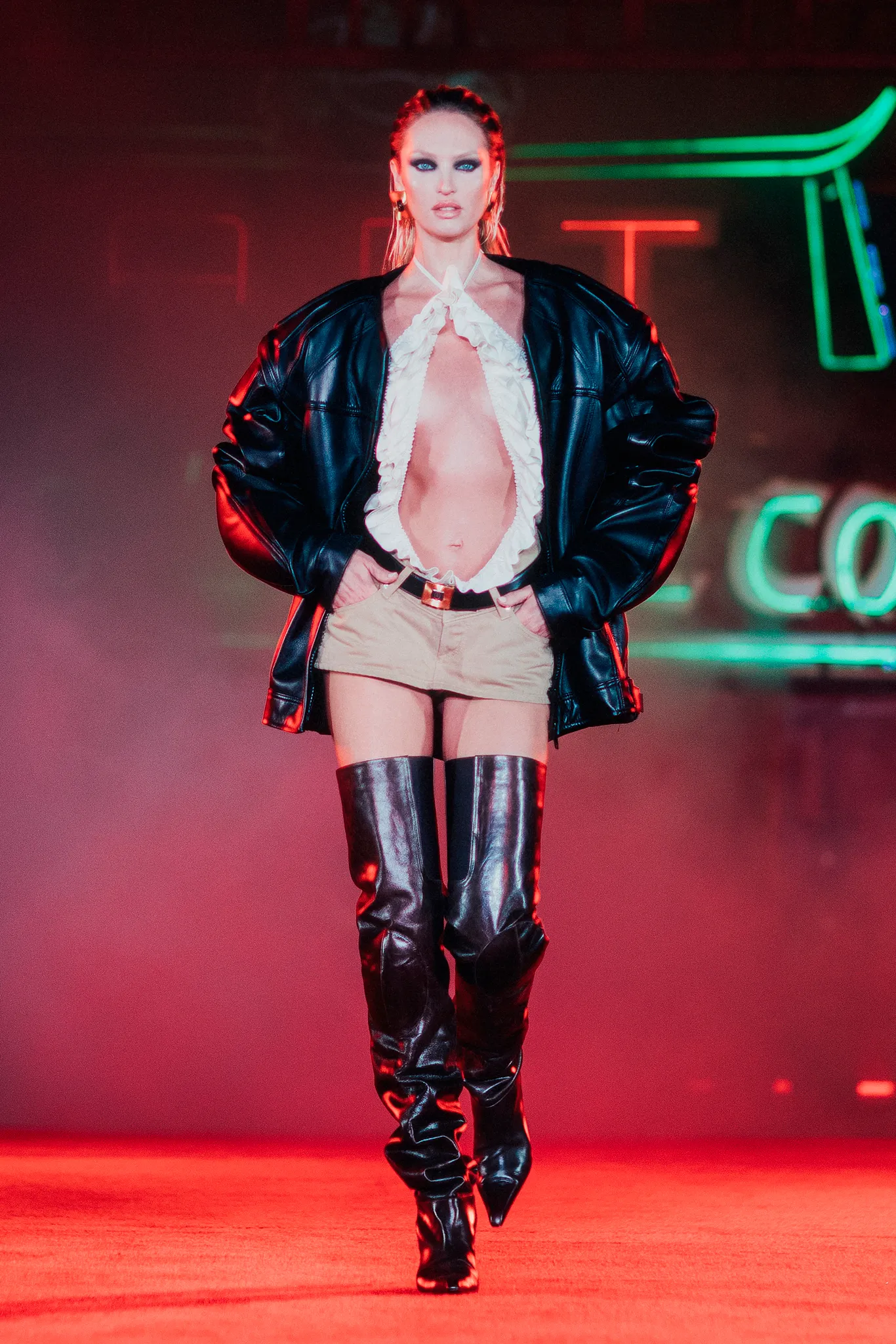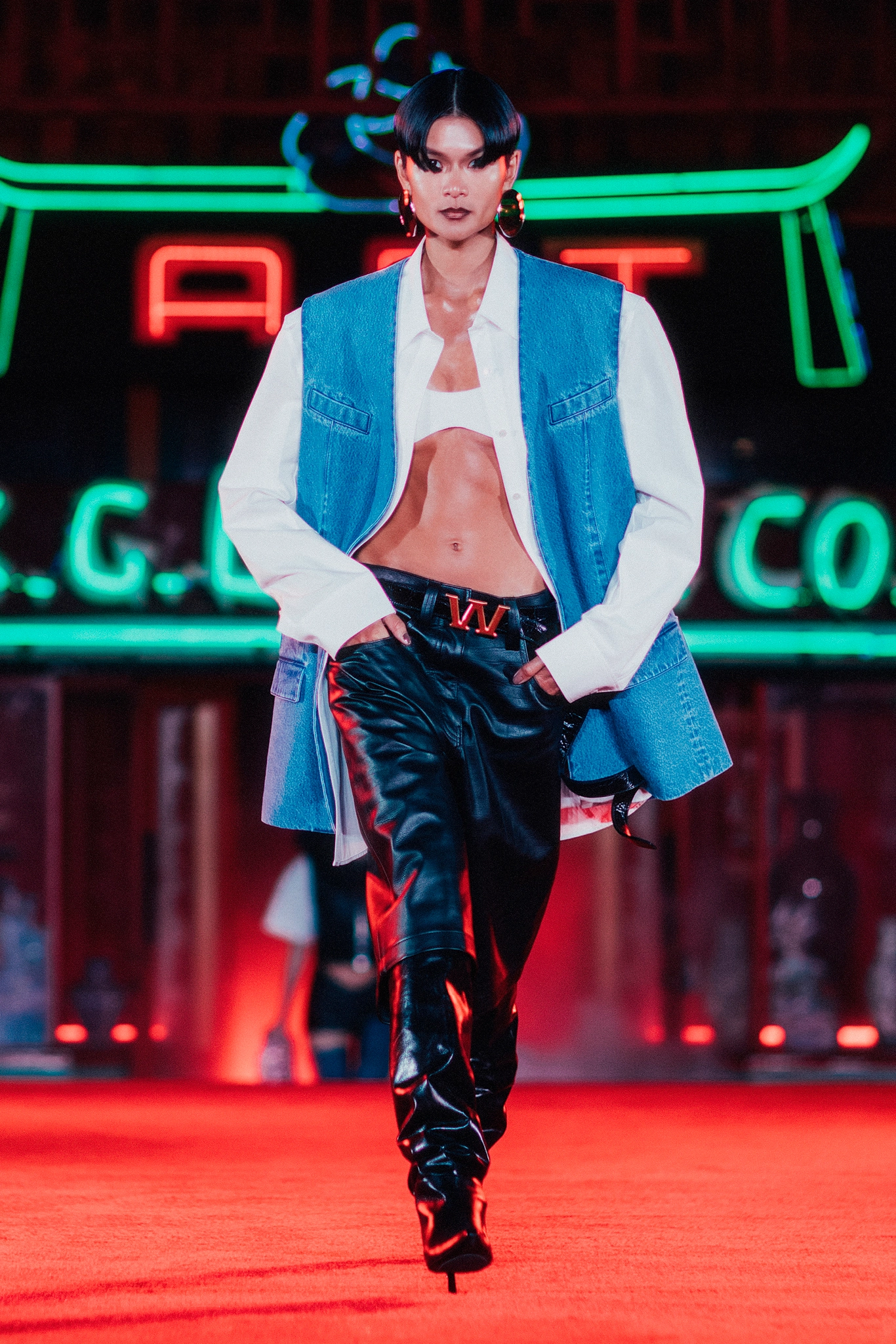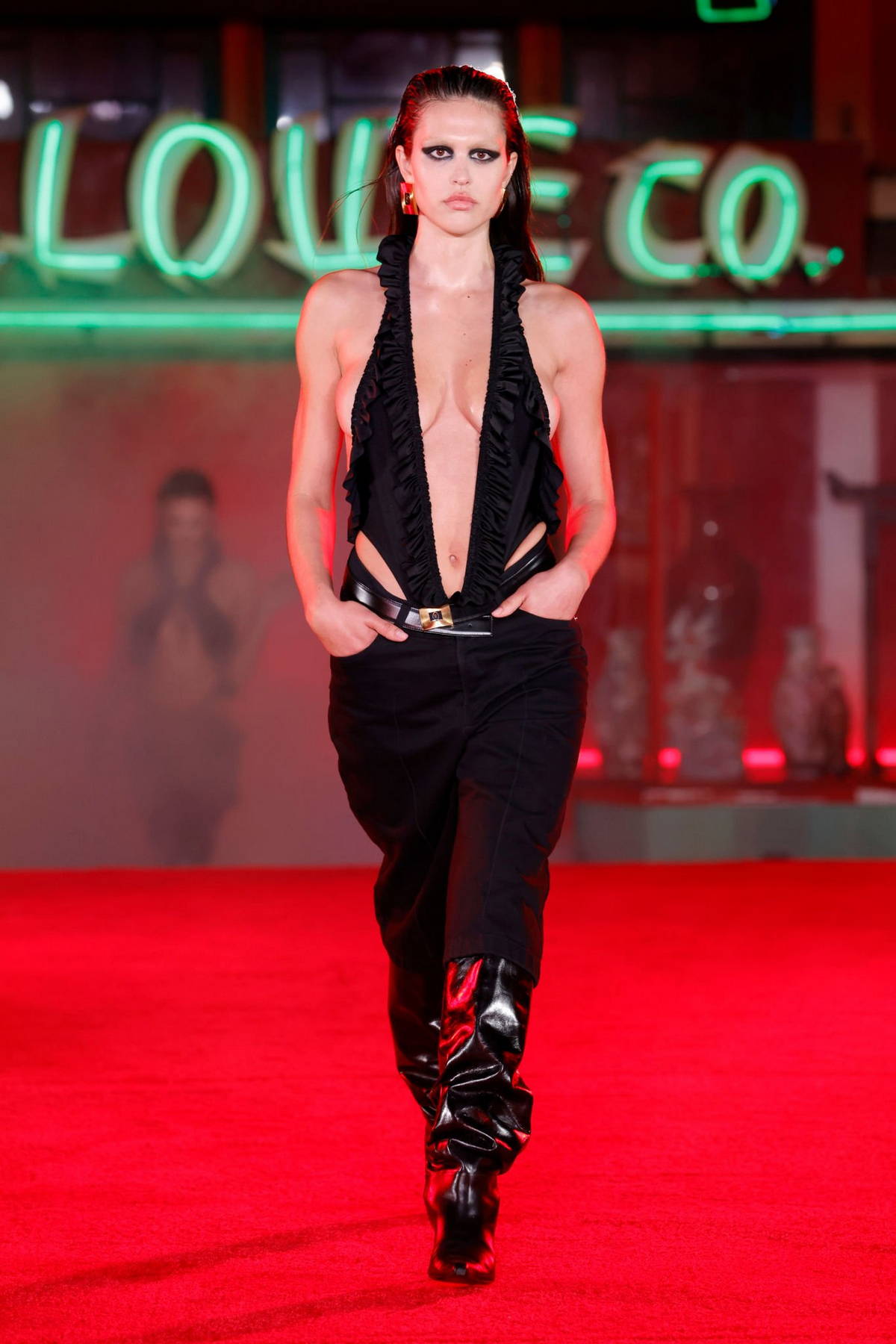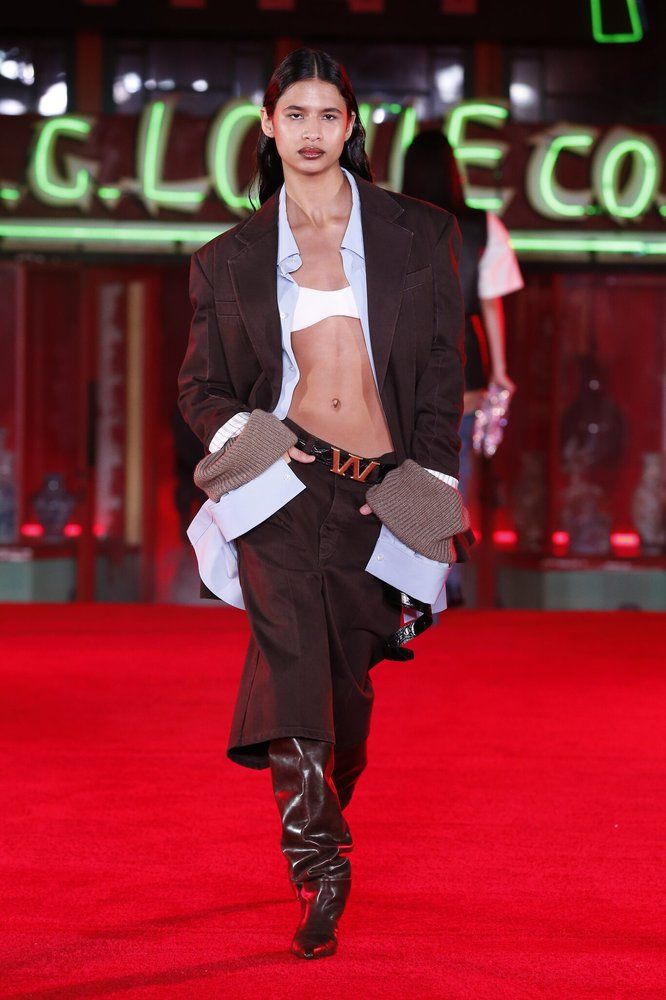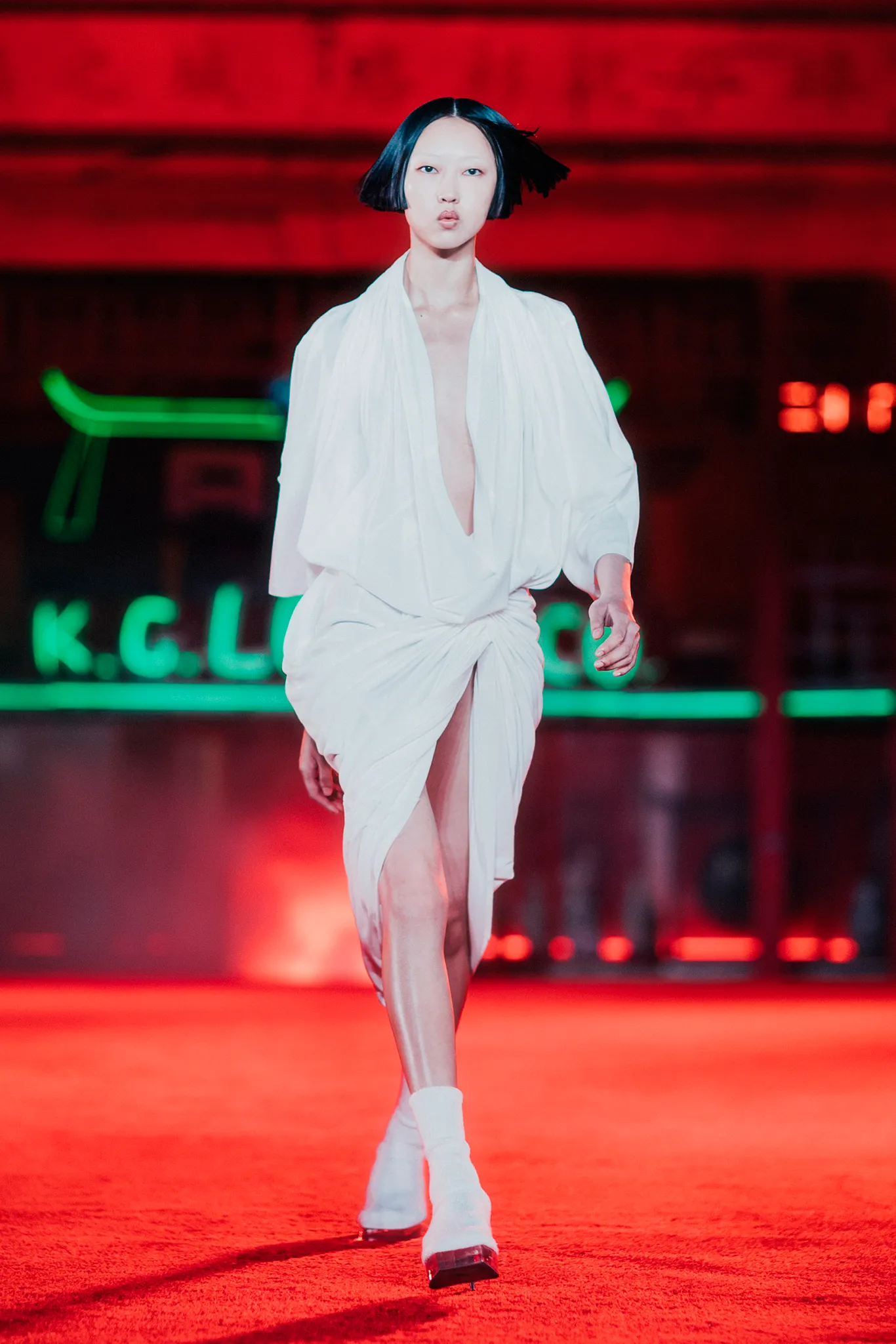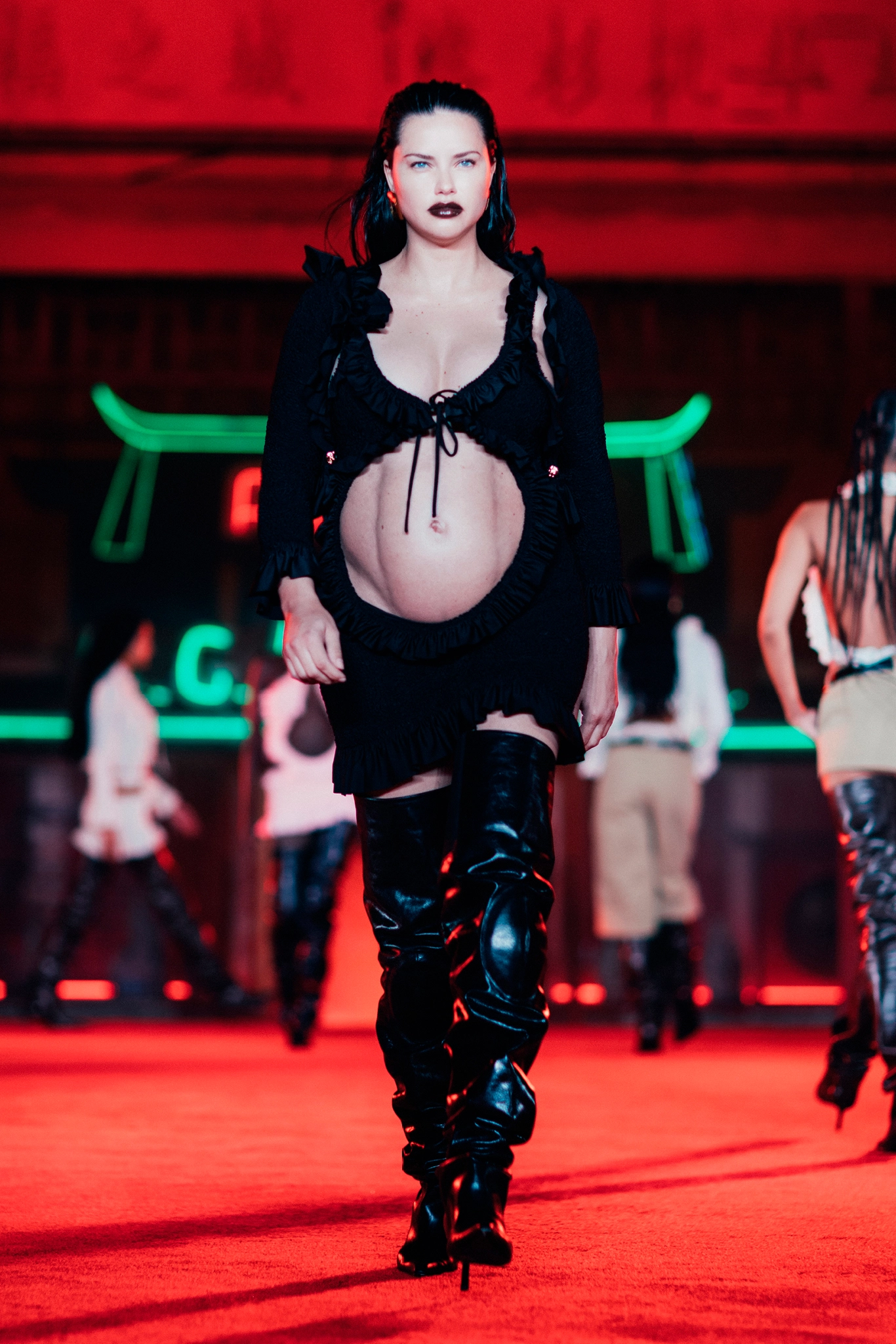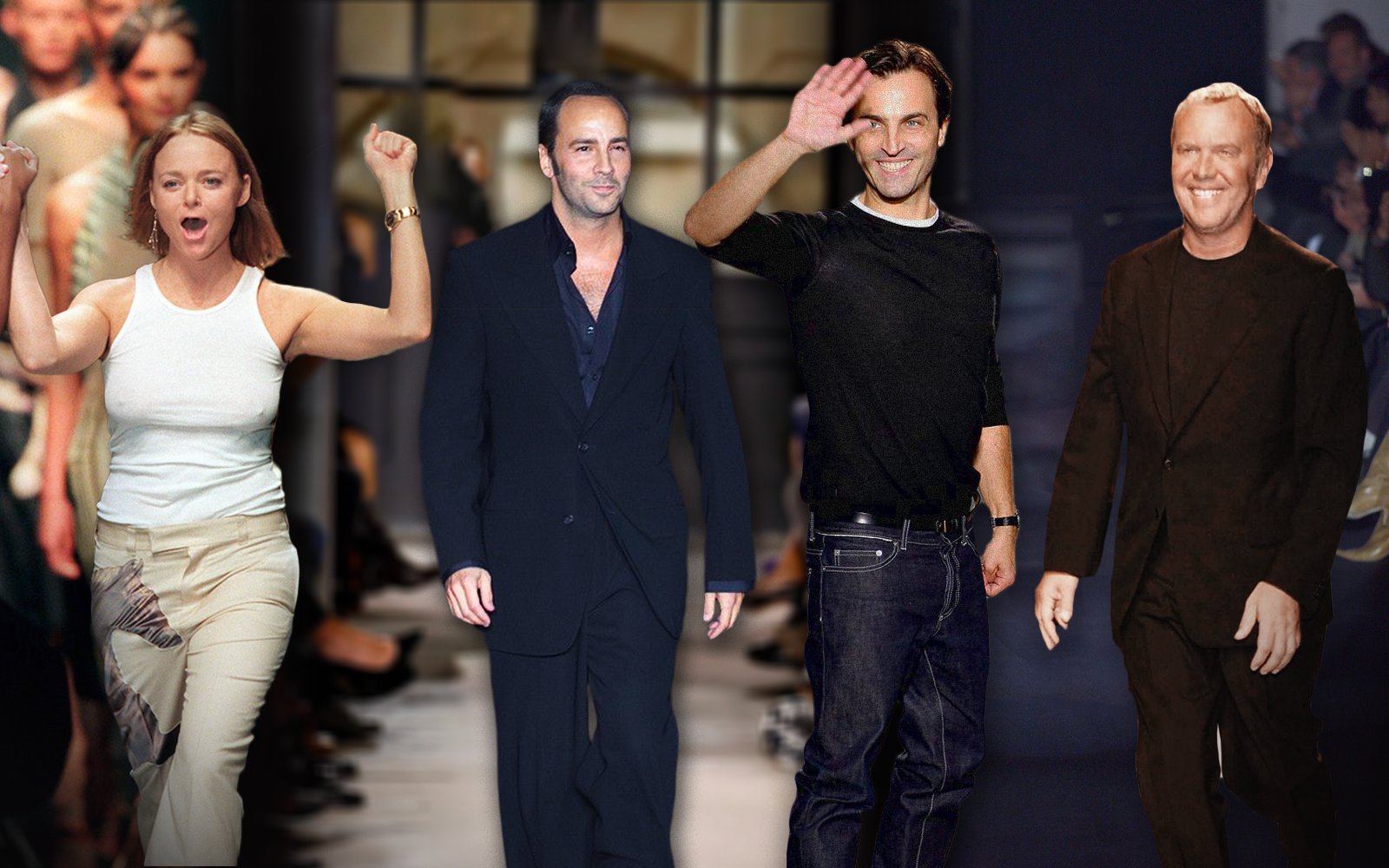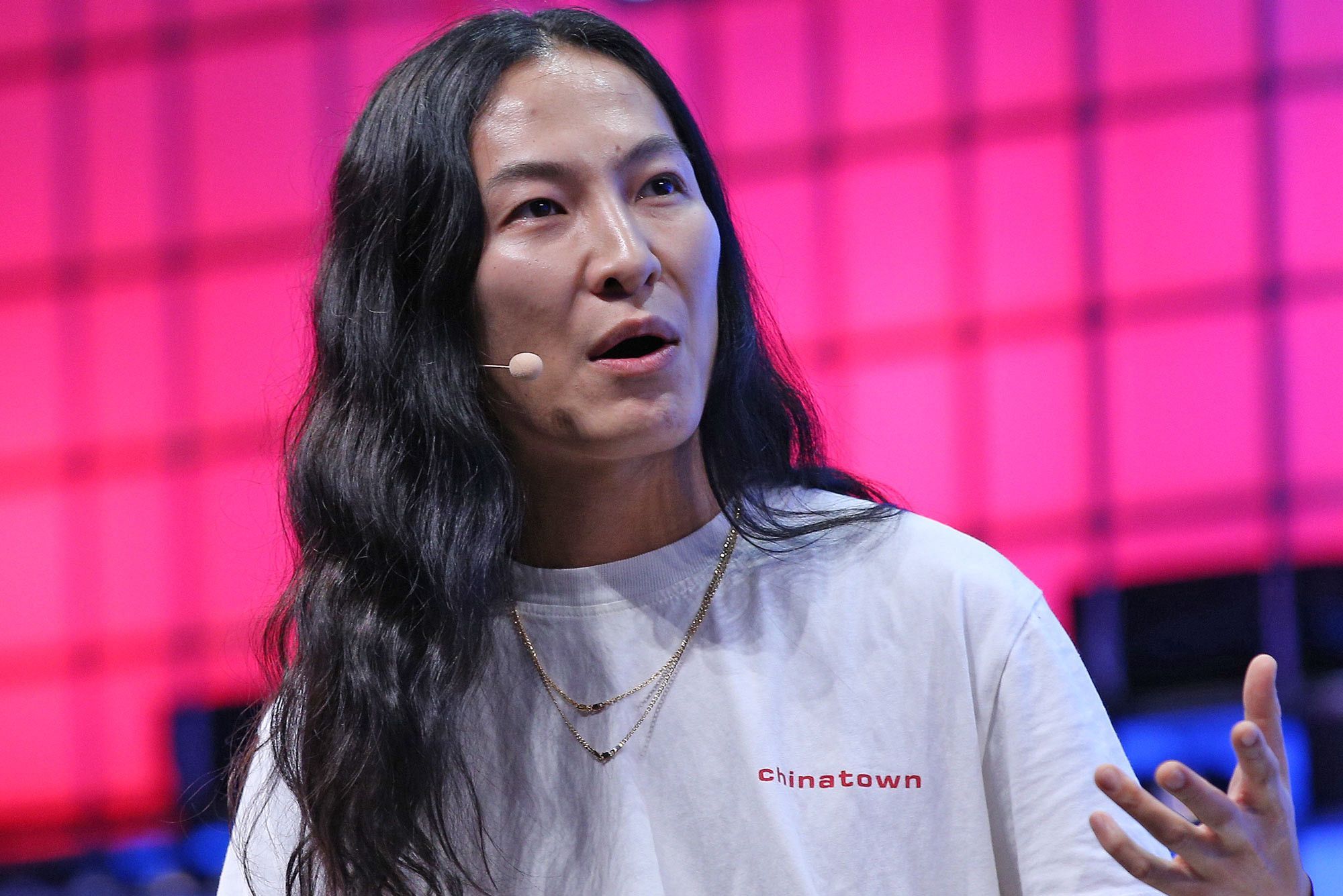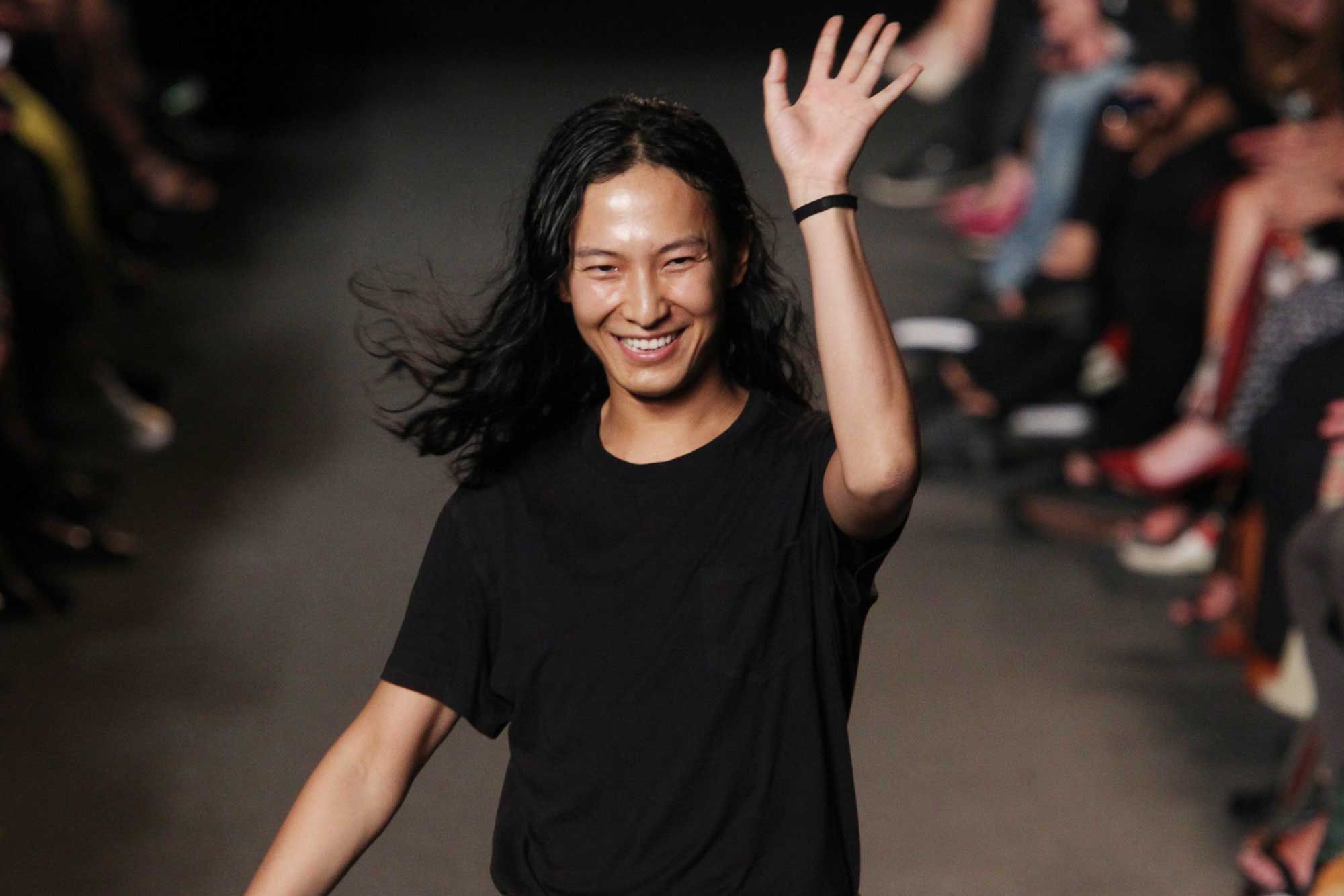
Does Alexander Wang really deserve a comeback? As usual, the fashion industry has a short memory
Last April 19, Alexander Wang returned to show in Los Angeles with a colossal set in the Chinatown of the Californian capital, open to the public, during which the designer did not grant interviews to the press, leaving the stage only for a bow at the end of the show. Here's how Vogue described the moment: «Wang came out for his bow at the end [...]. The crowd cheered, and phones were held aloft, and for a moment, the past was forgotten. Will that hold? It’s hard to say». And if the crowd that showed up to the event, titled Fortune City, was large and enthusiastic (regardless, the event looked very good) the celebrities in attendance were different from the A-Listers that usually show up at fashion weeks: except Gunna and Peggy Gou, who is are regulars at the world's top shows; there was Coi Leray, hip-hop singer with six million followers; Baby Phat brand mogul Kimora Lee Simmons; two stars of The Real Housewives of Beverly Hills, Lisa Rinna and Erika Jayne; Korean rapper CL; Chloe Cherry of Euphoria and tiktoker Noah Beck. On the runway, however, Adriana Lima and Alessandra Ambrosio were among the other model stars. It's clear that the list of these celebrities, all holders of a huge following, are more famous in the U.S. than elsewhere - reflecting Wang's focus on his new "strong" markets: China and the U.S., which are recasting the power he had lost.
The "official" press from Vogue, Business of Fashion and WWD were present at the event, although journalists were kept out of the show's afterparty where photographs were not allowed. During the festival no alcohol was served but harmless boba tea, which is unusual given that the afterparties for which Wang became famous in New York had a fairly substantial ethyl component - but of course the media were not allowed at the afterparty held at the nearby General Lee's so it is not known if the virtuous abstention from alcohol actually lasted all evening. According to some gossips, instead, the event was open to the public to cover the lack of big celebrities and fashion personalities while other Twitter users, seeing how the designer was insisting on his Chinese heritage and on the Chinatown community, said that Wang wanted to use the momentum of the #StopAsianHate movement and accused him of using the Asian community as a cover to redeem himself in the eyes of the public.
The various journalists in attendance, however, didn't go too far in their accounts of the evening, describing the events exactly as they unfolded but skimping on adjectives and comments to the huge elephant in the room: the sexual harassment allegations made against Wang in 2020. The matter is interesting because it was resolved with a private settlement, a public apology post and a pat on the back for Wang, who will surely have compensated the 11 men who had accused him of fairly heavy-handed harassment without any details of the matter ending up on the record of a trial. Nonetheless, the elephant was there. The presence of this "elephant" makes one wonder about the selective blindness of cancel culture in fashion: Bruce Weber and Terry Richardson, after the harassment allegations, have practically stopped working (Weber made a film, published a book and shot an Icon Magazine cover last year, but the gates of Condè Nast remain closed to him); Gosha Rubchinskiy, whose harassment was far more serious as well as proven, has seen his career completely obliterated and has founded a new brand, Rassvet, which frankly no one is really talking about. Wang's comeback, however, took place in style, everyone talked about it and no one found the designer's refusal to address the issue in the slightest bit suspicious.
@KimKardashian publishing a sexual predator’s work for money is just SAD. #AlexanderWang #KimKardashian #MoneyTalks pic.twitter.com/lMyRQlB0cM
— Manuela Caballero (@angelsmustsin) April 21, 2022
Emblematic was Kim Kardashian who didn't show up at the event even though she lives in Los Angeles (it's hard to believe that someone didn't invite her or a member of her family) but published two low-effort Stories tagging Wang and using a press photo with a Getty Images watermark clearly visible - practically a chore done just to get a pass. Other celebrities and magazines gave media coverage to the show trying as they could to dribble around the issue (the incipit of the Miami Herald piece about it is a masterpiece: «After taking a break amid sexual assault allegations…») but it's safe to say that no industry player has actually expressed concern or offered criticism of Wang - all reluctant accomplices in the slow but steady cover-up of the affair. In China, on the other hand, where public opinion is very sensitive to allegations of sexual harassment (see the Kris Wu case last year), the designer's Asian heritage has completely overshadowed his conduct issues and the country has become Alexander Wang's new locomotive - a locomotive that is big enough to keep his brand running as Wang returns to knock on the door of American buyers and in a while, almost certainly, European ones.
The notion drawn from the whole affair is that of the complete impunity that exists in fashion for anyone with enough money and enough connections. The convenient practice of private settlement solves everything with relative easiness, allowing the accused to wash their consciences while keeping their reputations clean and the victims to convert their trauma in hard cash. It is clearly right that no one should be pronounced guilty of a criminal act unless the law has established it first - but this very mechanism allows many "illustrious" predators to pay for the silence of their victims and wait poolside for the public to forget. In an age of shouted and flaunted values, of encouraging words with vague meanings, of brands and personalities that invest themselves with a social importance they do not have, of public scrutiny and easy scandals, the real scandal is, as always, hypocrisy.










































